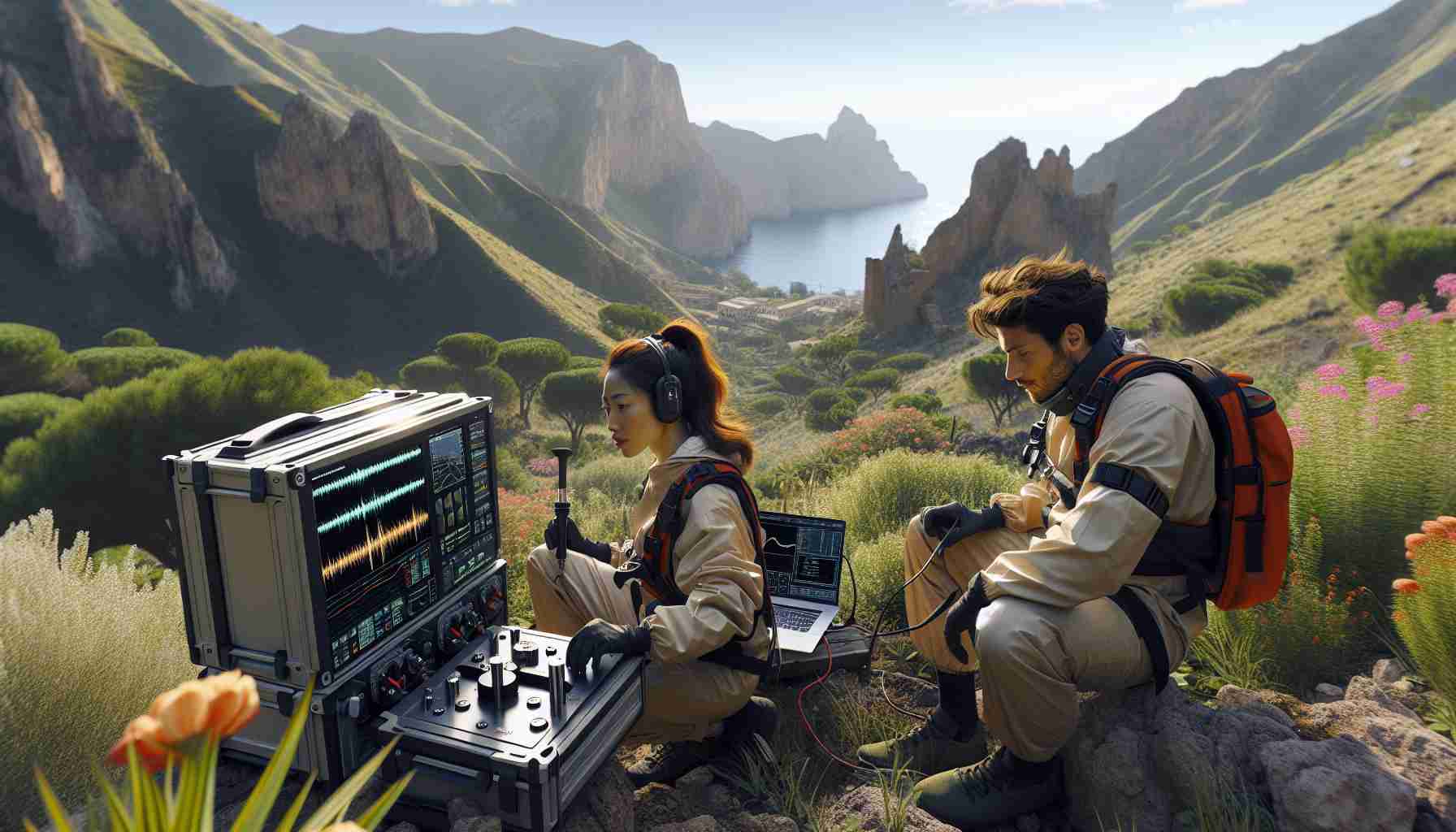An insightful conference on the theme of seismic activity in Sicily was recently hosted, featuring a panel of esteemed experts. Geologist Salvatore Alparone, along with Dr. Giuseppe Camarda and Engineer Cristina Monsone, presented their findings and research to an engaged audience at the Fermi Institute in Giarre. Multiple local organizations supported the event, demonstrating the community’s vested interest in this subject.
During the conference, the speakers shared their expertise on earthquakes that have impacted Sicily from 1693, highlighting some of the most devastating events in the region’s history, like the destruction of the city of Catania and the catastrophe that befell Messina in 1908. Alparone, a researcher at the National Institute of Geophysics and Volcanology, elucidated the technicalities of earthquake measurement, fault lines, and how resilient construction practices can mitigate the loss of human lives.
Further discussions shed light on the crucial role of prevention in seismic risk management. Dr. Camarda brought attention to the importance of building inventory and classification to map out structures equipped with seismic prevention systems.
Engineer Cristina Monsone captivated the audience with her simple yet profound exposition on the application of artificial intelligence (AI) in seismic phenomena. Her talk underscored how AI is already making strides in earthquake-prone regions, such as Mexico City where an AI-based warning system contributed significantly to reducing casualties during major earthquakes.
Monsone, an advocate for science and technology, emphasized the importance of representing women in the field, particularly in the context of STEM policies that encourage passion and interest in science and technology. Her career, which predates the implementation of STEM programs in schools, is a testament to the initiatives designed to bridge the gender gap in these fields. Her presence at the conference underscored the diverse professional landscape of the women within the Ionian-Etna region.
Important Questions and Answers:
– What are the key challenges in seismic risk management in Sicily? The key challenges include the accurate assessment and prediction of earthquakes, the retrofitting of older buildings to comply with contemporary seismic standards, and public education on safety measures. Additionally, ensuring that all construction, both new and existing, adheres to seismic codes is an ongoing challenge.
– What controversies are associated with seismic activities and technology? Controversies may arise over the prioritization and funding of seismic research and prevention measures, as well as over the responsibilities of government versus private property owners in earthquake preparedness and response.
– What role has AI played in seismic activity monitoring and response? AI has been instrumental in developing early warning systems, analyzing seismic data more efficiently, and potentially identifying patterns that might predict seismic events, as highlighted in Mexico City’s use of AI-based warning systems.
Advantages and Disadvantages:
Advantages:
– Advanced technology such as AI can improve early warning systems, potentially saving lives.
– An increased understanding of fault lines and seismic activity can lead to better building practices and infrastructure resilience.
– Community engagement through conferences helps to disseminate important knowledge and safety practices.
Disadvantages:
– High costs are associated with retrofitting old buildings and implementing advanced technologies, which can be prohibitive for some regions.
– Over-reliance on technology might lead to complacency in preparedness among the populace.
– Predicting earthquakes with precision remains a significant challenge despite technological advancements.
Related Links:
– National Institute of Geophysics and Volcanology (INGV)
– UNESCO for information on global initiatives in disaster risk reduction.
– Institute of Electrical and Electronics Engineers (IEEE) for the latest in technology and engineering, which includes advancements in AI for seismic activity analysis.
The speakers at the conference in Giarre, particularly Engineer Cristina Monsone, highlight the potential of AI in major earthquake-prone regions. Her emphasis on the role of women in science and technology champions the diversification of these fields, a key component to fostering innovation and inclusion in STEM-related disciplines. The community’s engagement and support of such events in Sicily exhibit a proactive stance towards earthquake preparedness and resilience.

